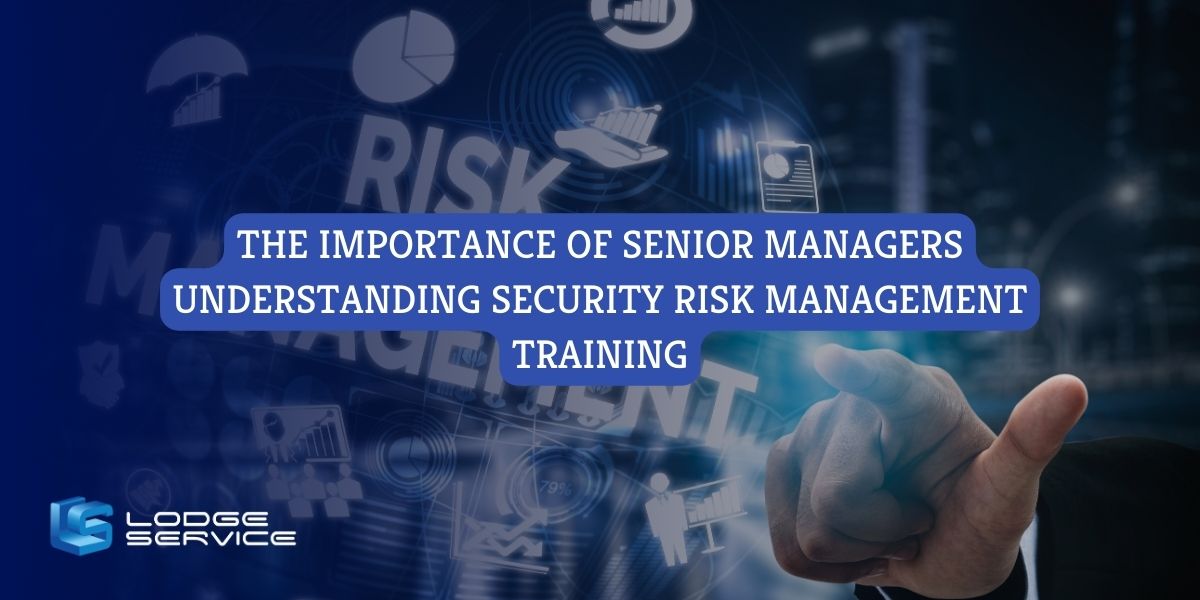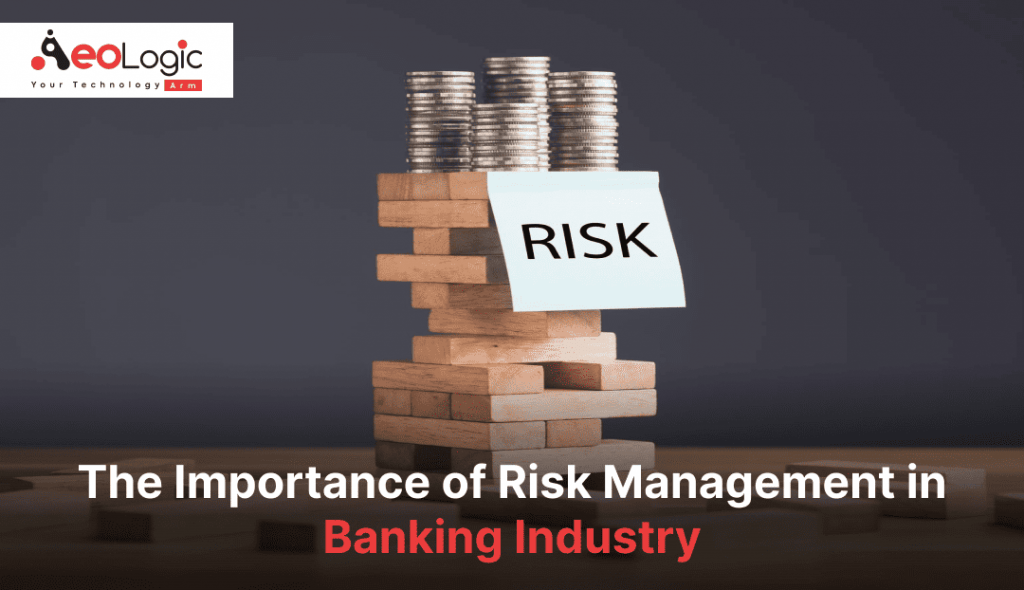Addressing the Unnoticed Risks: The Importance of Risk Management in Tech
Addressing the Unnoticed Risks: The Importance of Risk Management in Tech
Blog Article
Checking out the Significance of Risk Management for Effective Decision-Making Strategies
In the detailed world of organization, Risk Management emerges as an essential element in the decision-making process. The ability to identify possible hazards and possibilities, and strategize appropriately, can spell the distinction in between success and failing.
Comprehending the Principle of Risk Management
Risk Management, a critical component in decision-making, is typically misunderstood or oversimplified. Typically, it describes the recognition, evaluation, and prioritization of threats to reduce, keep an eye on, and manage the likelihood or impact of unfavorable events. It's not merely concerning protecting against adverse outcomes, however additionally about recognizing potential chances. Risk Management entails regimented and structured methods, making use of information and informative analyses. It needs a thorough understanding of the organization's context, goals, and the potential threats that could obstruct them. From monetary uncertainties, legal responsibilities, tactical Management errors, to mishaps and natural calamities, it addresses different threats. Importantly, reliable Risk Management is not stationary; it's a continual, forward-looking process that progresses with transforming circumstances.
The Duty of Risk Management in Decision-Making Processes
In the realm of tactical preparation and company procedures, Risk Management plays an indispensable duty in decision-making procedures. Risk Management hence becomes an essential tool in decision-making, helping leaders to make educated choices based on an extensive understanding of the risks entailed. Risk Management offers as a crucial element in the decision-making processes of any company.

Just How Risk Management Boosts Strategic Preparation
In the context of tactical planning, Risk Management plays a pivotal duty. Launching with the identification of possible dangers, it additionally encompasses the implementation of Risk reduction measures. The duty of Risk Management is vibrant yet not static, as it requires continuous tracking and adjusting of methods.
Identifying Prospective Threats

Applying Risk Reduction
Having actually established the importance of identifying potential dangers, the next step is to explore Risk reduction. This process entails creating and applying methods to manage determined dangers properly. It is an important facet of tactical planning as it improves decision-making by lessening prospective negative results. Risk mitigation strategies can vary from Risk avoidance, Risk transfer, to run the risk of decrease. Each strategy needs to be tailored to the specific Risk, considering its prospective effect and the organization's Risk tolerance. Effective Risk reduction calls for a deep understanding of the Risk landscape and the potential impact of each Risk. This understanding allows organizations to prioritize dangers and assign sources successfully, making certain that the most substantial threats are resolved initially.
Tracking and Changing Methods
Though Risk reduction is a vital action in strategic preparation, continual tracking and modification of these strategies is similarly essential. It likewise offers a chance to evaluate the success look here of the Risk Management procedures, enabling changes to be made where needed, further boosting critical preparation. Tracking and readjusting Risk Management approaches is a critical component for boosting a company's resilience and tactical planning.
Case Researches: Successful Risk Management and Decision-Making
In the world of organization and finance, effective Risk Management and decision-making commonly offer as the columns of prosperous enterprises. These situations highlight the value of astute Risk Management in decision-making processes. These instances underscore the essential duty of Risk Management in calculated decision-making.
Devices and Methods for Effective Risk Management
Browsing the complex maze of Risk Management needs the right set of techniques and devices. These devices, such as Risk registers and warm maps, aid in identifying and evaluating possible threats. Strategies include both quantitative methods, like sensitivity evaluation, and qualitative techniques, such as SWOT evaluation. These aid in focusing on dangers based on their possible impact and possibility. Risk reaction techniques, a vital element of Risk Management, include approving, preventing, transferring, or mitigating dangers. Monitoring and controlling dangers, via regular audits and evaluations, make certain that the approaches stay effective. With these strategies and devices, decision-makers can navigate the complicated landscape of Risk Management, therefore facilitating informed and effective decision-making.
Future Trends in Risk Management and Decision-Making Techniques
As we check out the huge landscape of Risk Management, it comes to be obvious that the devices and techniques used today will proceed to advance. Future patterns direct towards an enhanced reliance on innovation, with artificial intelligence and artificial intelligence playing substantial duties. These modern technologies will certainly enable organizations to predict possible threats with greater accuracy and make more educated choices. Furthermore, there will be a growing focus on resilience, not just in handling risks however additionally in recuperating from damaging situations. Last but not least, the concept of Risk culture, where every participant of a company knows and associated with Risk Management, will certainly gain much more prominence. These fads proclaim an even more aggressive and comprehensive strategy in you can try here the direction of Risk Management and decision-making.
Verdict

Risk Management therefore becomes a crucial device in decision-making, helping leaders to i loved this make informed options based on a detailed understanding of the risks involved. Risk mitigation methods can vary from Risk avoidance, Risk transfer, to risk reduction (importance of risk management). Efficient Risk reduction needs a deep understanding of the Risk landscape and the potential influence of each Risk. Risk feedback approaches, a vital element of Risk Management, entail approving, preventing, transferring, or mitigating dangers. The idea of Risk society, where every participant of an organization is mindful and included in Risk Management, will acquire a lot more prominence
Report this page